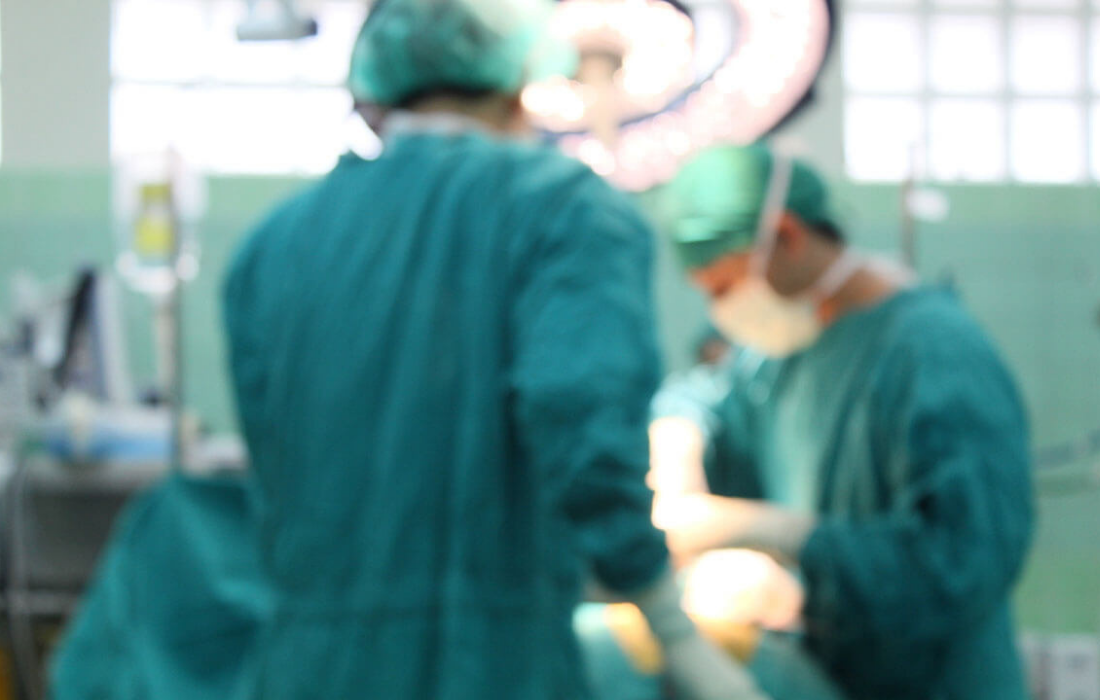UOA Spinal surgeons Gino Chiappetta, Mathew McDonnell and Ravi Verma have received advanced training in disc replacement surgery.
Cutting-edge cervical and lumbar disc replacement is now an option for patients who are experiencing discogenic neck pain that has not responded to conservative treatment.
The gold standard for chronic discogenic pain has been the anterior cervical disc fusion (ACDF) which decompresses the nerve and fixes the motion of two vertebrae segments with a bone graft and hardware. This results in a less painful segment, but a decrease in neck motion.
There are also some longer-term concerns for additional loading on adjacent segments above or below the ACDF which can become symptomatic over time.
Modern day cervical disc replacements (CDR) are designed to replicate natural motion of the cervical spine. The use of cervical disc replacements has been shown to perform as well as ACDF at decompressing the nerve while maintaining neck motion. Recovery time is shorter than fusion, and two- and five-year performance data is favorable.
Perhaps the greatest clinical benefit may be seen in patients with two levels of discogenic pain. Patients who underwent two-level CDR have been shown to recover significantly faster than ACDF patients while maintaining greater mobility and avoiding ACDF surgery.
Who is a candidate for cervical disc replacement surgery?
Patients who have undergone conservative treatment, but who have not achieved satisfactory results, may be candidates for CDR. CDR is recommended for healthy patients, without advanced neck changes, who have one- or two-level disc herniations which have resulted in nerve compression and arm pain.
What is the projected disability following cervical disc replacement?
CDR is frequently done on an outpatient basis although some patients may stay in the hospital overnight. The procedure results in a small one- to two-inch incision on the front of the neck which generally fades over time. Range of motion exercises and relative activity is encouraged when patients return home. Driving is often limited for two weeks. Patients normally return to office work within two to four weeks, and regular exercise programs in three to four weeks.




